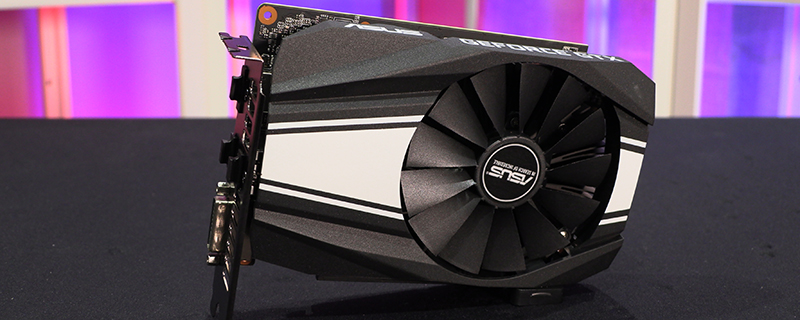ASUS Phoenix GTX 1660Ti Review
Conclusion
The release of the GTX 1660Ti has unquestionably muddied the Nvidia waters. Until now there is usually a place for everything and everything in its place. The range has been relatively clear cut. The GTX 1050Ti for those who play simpler titles. GTX 1060 and 1070 for those needing more performance at an affordable price, the GTX 1080 and Ti for those who need a lot of horsepower. Then came the RTX cards which neatly fit into the scheme with the RTX 2060 having 1070Ti performance and RT features, the RTX 2070 being about the GTX 1080 performance but with RT features, and the RTX 2080 matching the price and performance of the GTX 1080Ti, but again with Tensor and RT elements. The RTX 2080Ti then moved into the flagship role, bringing Nvidia’s pricing and performance to new heights.
The GTX 1660Ti is designed to replace the GTX 1060 while offering performance levels that are similar to a GTX 1070. Pricing-wise, the card sits somewhere between the GTX 1060 and GTX 1070, and at the high end around the cost of base model RTX 2060 cards. Except without the RT feature set. It’s extremely confusing.
The Strix and Gaming X both applied the full capacity of their companies (ASUS and MSI respectively) ability to produce fantastic cards dripping with high-end coolers and RGB lighting. The problem is that the cost of these features has a major impact on the overall pricing of these cards. With the ASUS Phoenix GTX 1660Ti, we have none of those bits and bobs, so the pricing remains identical to the MSRP of reference Nvidia models, and it’s all the better for it.
While with the Strix and Gaming X you have to decide exactly where you are willing to compromise, leading to an indistinct placing in the Nvidia lineup, the Phoenix adheres rigidly to the low price point that the GTX 1660 Ti is designed to offer. At £320 for high-end models, it is difficult to see to who the GTX 1660Ti is being marketed for, particularly with cheaper RTX 2060 cards costing about a pizza more.
But here, with the ASUS GTX 1660 Ti Phoenix at £259, we can see exactly where this cut down Turing card fits. The cost savings that Nvidia has achieved by removing the RT and Tensor cores from the full Turing experience now make sense, showcasing a pure concentration on making the TU116 the very best 1080p gaming card. The GTX 1660 Ti card makes a lot of sense for today’s games, especially when that price hasn’t been pumped up by bringing seriously beefy RGB coolers to the party.Â
This is a card for those who want maximum performance for their investment, and nothing else.Â
That isn’t to say that the Phoenix is some toasty hot, gonna need ear defenders type of intolerable abomination to live with. Sure it doesn’t drop the temperatures down to 60°C like the Strix or Gaming X, but it keeps them beneath 80°C. Okay it might not have the insane overclocking abilities of those cards, but there is still plenty of headroom so that either the OC Scanner, Nvidia GPU Boost, or even a keen tinkerer can extract yet more performance from the card. Lastly whilst you might only have a single fan and a heatsink which is unlikely to win any aesthetic awards, the card isn’t as loud as the old blower style reference cards of old. It’s still a big old single fan with plenty of airflow keeping things at a very liveable volume.
All of which means that whilst the bigger two cards in today’s launch reviews might have umpteen caveats and considerations before we can recommend them, the pricing and capabilities of the ASUS Phoenix GTX 1660Ti are much simpler to recommend. If your budget is tight and you are willing to accept a teensy bit more noise and heat for similar performance and a few notes left in your wallet, then Phoenix is right up your alley and wins our OC3D VFM award. It’s exactly what the Nvidia design brief was meant to lead to, more affordable gaming for all.
Discuss the ASUS Pheonix GTX 1660Ti in our OC3D Forums.




